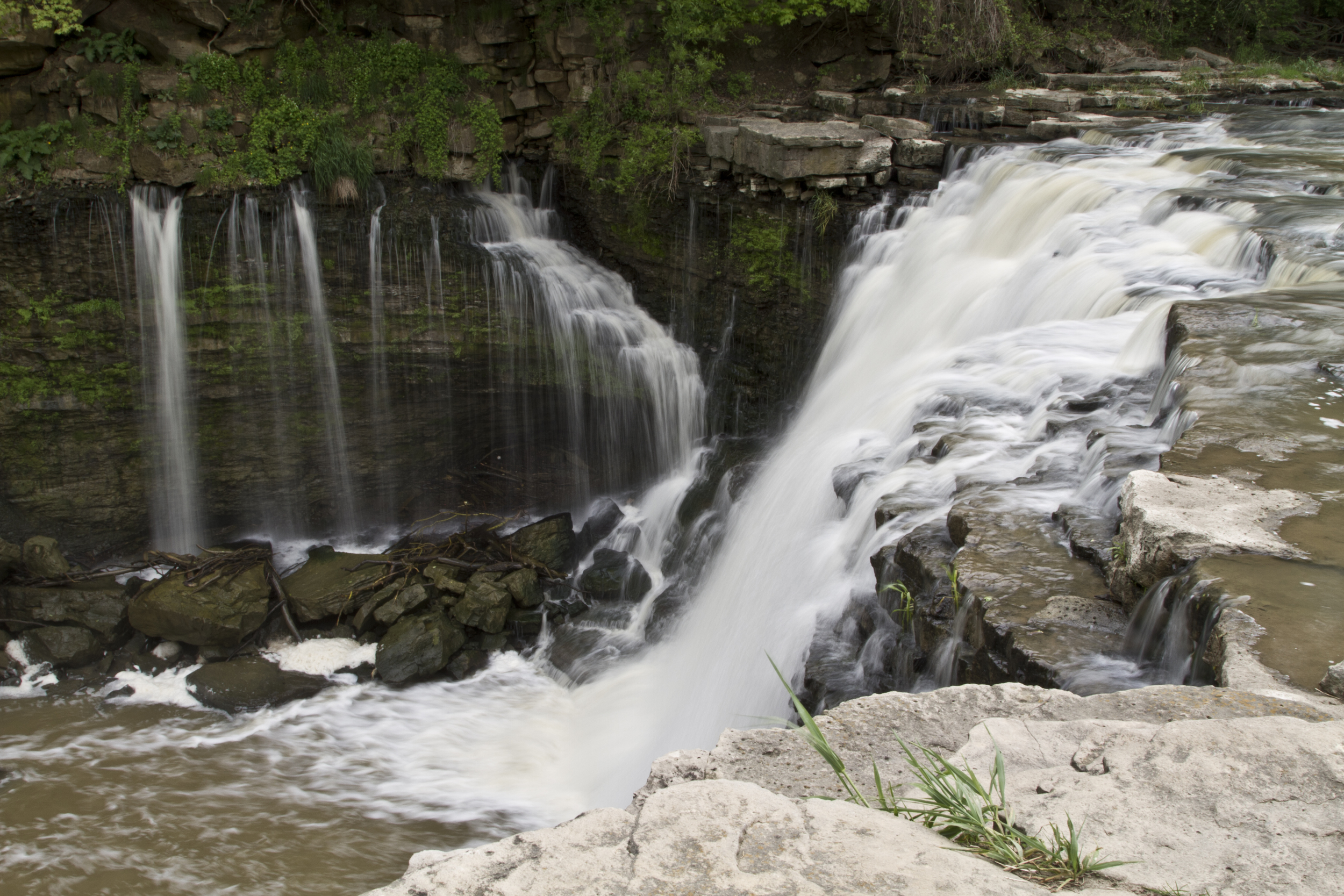

HGS RESEARCH HIGHLIGHT – Analysis of drought conditions and their impacts in a headwater stream in the Central European lower mountain ranges
A new study by researchers at the University Bayreuth investigates the impact that climate change may have on drought conditions in forested catchment with riparian wetland, specifically the Lehstenbach catchment in the Fichtel Mountains of South-Eastern Germany.

HGS RESEARCH HIGHLIGHT – Transit-Time and Temperature Control the Spatial Patterns of Aerobic Respiration and Denitrification in the Riparian Zone
The paper highlighted this week introduces a novel method of implementing temperature-dependent reactions in a HydroGeoSphere solute transport model by pairing a Lagrangian flow path-reaction model to the results of a 2nd order Runge-Kutta particle tracking analysis.
HGS Research Highlight - Schilling et al., 2014
The overarching goal of this study is to provide a quantitative basis for managing water resources in the semi-arid Tarim Basin in Western China. The increased use of surface water in the upstream of the Tarim River has led to the drying up of a stretch of over 300km, with devastating consequences for the riparian Populus Euphratica forests. To save these valuable ecosystems, the Chinese government initiated the “Ecological Water Conveyance Project”. The goal of this initiative is to stop the decline of the downstream ecosystems by periodically reducing the amount of water diverted for irrigation in the upstream. In order to provide quantitative guidance towards sustainable management, this project integrated ecological data with advanced mathematical modelling of surface water, groundwater and vegetation, using HydroGeoSphere (HGS).
